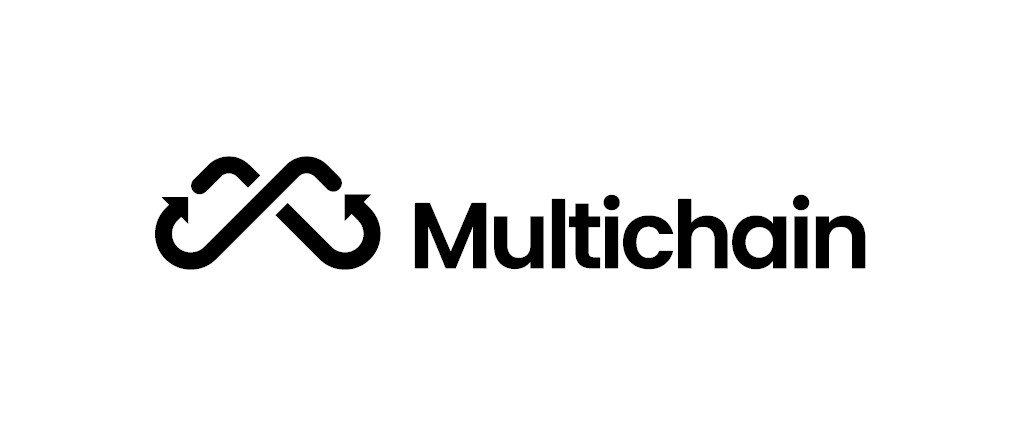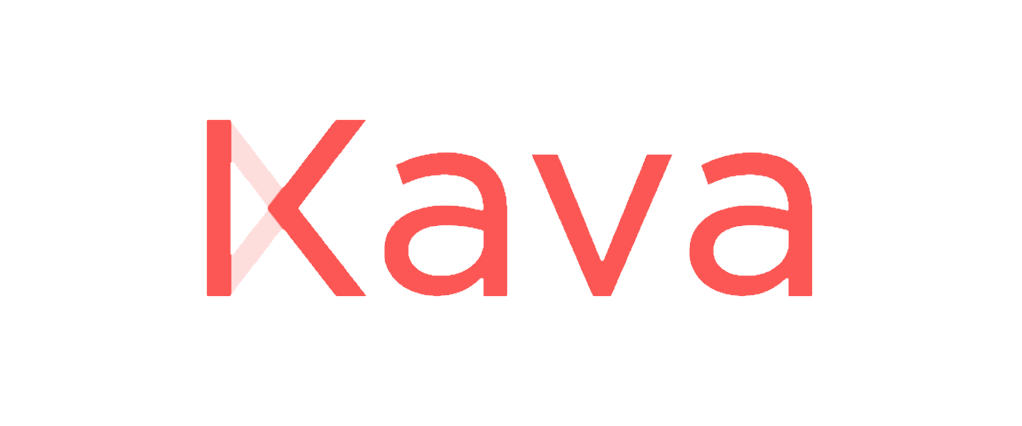To put it nicely, last week, the crypto markets continued to follow the downtrend established during Week 18. The reality, however, is that Week 19 was far worse than the week before. While the total cryptocurrency market capitalization dropped by $100 billion between April 28 and May 1, the loss in valuation between May 2 and May 8 was more than $150 billion, which leads us to the point where at the beginning of Week 19, the total crypto market capitalization stands at only $1.63 trillion – the lowest market valuation ever since August 2021. We are all hoping for a bull period to arrive soon, but for those who don’t wish to wait for the whole market to recover, here are the top 3 coins to watch this week. We have identified the potential to end the week with a gain in these 3 coins…

3. Multichain (MULTI)
Multichain, previously known as Anyswap, is a Web3.0 cross-chain solution supporting zero slippage swaps across more than 40 different blockchains. Since it provides a fast, secure, and affordable connection between almost any notable blockchain, Multichain is often called a practically universal blockchain interoperability layer. The service currently supports Ethereum, Ethereum-like chains such as Binance Smart Chain, and various Layer 2 chains, such as Polygon. In addition, Multichain also supports Cosmos chains, parachain networks and popular blockchains, including Bitcoin, Dogecoin, Ripple, and Litecoin.
VeMULTI staking platform to launch on May 9
The Multichain team recently announced that they are launching the veMULTI staking platform mainnet on Monday, May 9. The distribution of staking rewards will start three days later, on May 12. The veMULTI contract is Multichain’s way of sharing the fees collected by the network with MULTI stakers.
Anyone who stakes the MULTI token will receive a veMULTI NFT, whose power will depend on the staking amount and lock duration. For example, 1 MULTI locked for 1 year will produce 0.25 veNFT, while users who lock 1 MULTI for 4 years will receive 1.00 veNFT. By giving stakers who choose higher locking periods more veMULTI tokens, the project aims to incentivize long-term MULTI staking. VeNFT holders will be eligible for a share of Multichain’s income, collected through network fees. Multichain will first deduct 10% from the total bridge fees and deposit them into Safety Fund and then share 50% of the remaining sum with veMULTI holders. The rewards will be distributed in USD on a quarterly basis. Based on the Q1 2022 revenue, $3,901,975 will be allocated for distribution to veMULTI holders in Q2 2022. The announcement of the launch of the veMULTI staking platform was well received by the community. Furthermore, it also translated to MULTI token appreciation, which is up by more than 15% in the last 7 days, despite the negative trend permeating the crypto markets in recent days.

2. Kava (KAVA)
Kava is a high throughput Layer 1 blockchain developed by Kava Labs. It is designed to use an innovative blockchain architecture of two co-chains working side by side to create a unified scalable network and facilitate a myriad of decentralized finance (DeFi) use cases.
Kava’s own Tendermint consensus engine combines Ethereum’s smart contract capabilities with Cosmos’ interoperability to facilitate transactions for thousands of supported decentralized applications. To achieve cross-chain communication and asset transfers, the Kava ecosystem utilizes IBC Protocol and ChainLink’s decentralized blockchain oracle network. Kava Labs have also established close partnerships with industry leaders such as Binance, Kraken, and Ripple. The platform’s native token KAVA is used to transfer value on the network and plays a key role in the governance of the blockchain network.
Kava mainnet 1.0 goes live on May 10
As we already mentioned in one of our earlier articles, the Kava co-chain architecture will see full deployment on the mainnet on May 10. The day of the Kava 1.0 mainnet launch is approaching fast and dApp developers will soon have a new tool for building platforms with seamless interoperability between the Ethereum Virtual Machine (EVM) and Cosmos SDK environments. In addition, applications built on Kava will be able to access the liquidity stored across both Ethereum and Cosmos, the top who DeFi ecosystems. While the two ecosystems combined boast a TVL of more than $500 billion, there is currently no functional Layer-1 blockchain that would seamlessly integrate the two environments.
Kava Network’s slogan “one network, two chains, endless possibilities” therefore, perfectly describes how creating a development hub that brings these two ecosystems together could open countless new opportunities for more than 4,000 Ethereum developers and more than 260 projects building on the Cosmos SDK. Without a doubt, the surge in interblockchain activity will benefit Kava, the project that enabled that connection. In addition, Kava Labs have already revealed plans to deploy massive annual on-chain DeFi and Web3 developer incentives to accelerate the growth of the ecosystem soon after the mainnet goes live.

1. Terra (LUNA)
Terra blockchain acts as the basis of the same-named algorithmically governed stablecoin platform. The Terra platform, which is built on the Cosmos technology and utilizes a Proof-of-Stake (PoS) consensus mechanism, was developed by a South Korea-based company named Terraform Labs. LUNA, which is the reserve currency of the Terra platform, has three key functions; these are ensuring the price stability of Terra stablecoins, mining Terra transactions through staking, and providing incentives to blockchain validators. There is currently almost $25 billion worth of various digital assets locked in the Terra ecosystem.
Terra’s Total Value Locked (TVL) hits all-time high
LUNA has undergone an almost 35% price correction in the past month and is down by 17% in the past 7 days alone. LUNA valuation has also suffered a greater hit than most other Layer 1 tokens in the same time frame. However, LUNA’s poor price performance has no ground in the platform’s fundamentals. Quite the opposite, as some of Terra’s DeFi metrics are at an all-time high. According to Defi Llama, the USD denominated value of LUNA staked on Terra protocol hit an all-time high of $21.81 billion on May 5, after more than two months of incredible growth. Furthermore, the LUNA futures market data suggests that investors remain optimistic about the currency’s prospects as Terra has the third-largest futures contracts’ open interest ($706 million) with only Bitcoin and Ether surpassing it in this metric. In addition, Terra’s most popular savings dApp – Anchor Protocol, is still offering UST owners an up to 20% APY on their stablecoin deposits, which continues to attract new capital and fuel ecosystem activity. As if this was not enough, Terra wants to further enhance its presence in DeFi, NFT, and blockchain gaming. To achieve this goal they have partnered with Outlier Ventures and launched the Terra Base Camp Accelerator program with $375,000 in the rewards fund. Looking at the grand scheme, therefore, paints a much more positive picture of Terra than looking at LUNA’s price performance alone, which could mean that there is a price trend reversal right behind the corner.



